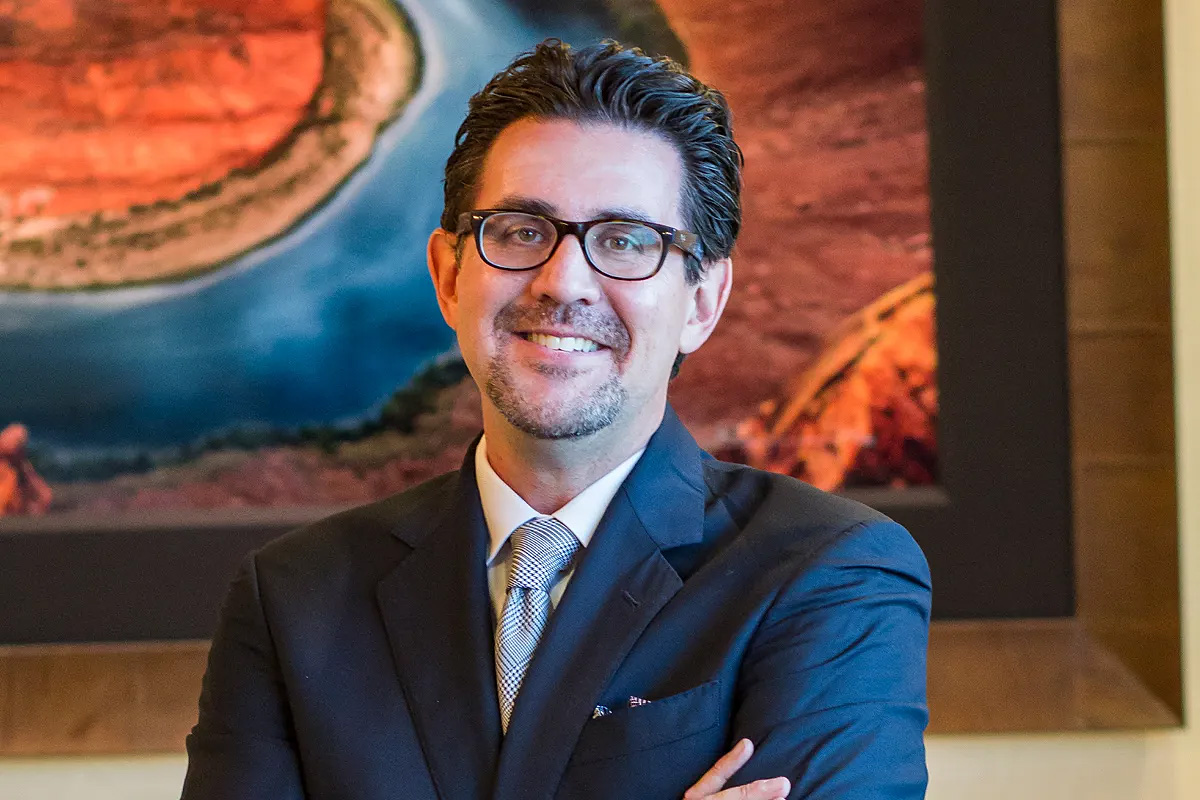
We spend a lot of time discussing Southern Nevada’s need for economic diversification. The narrative goes something like this: our community’s economy has long been heavily reliant on tourism, gaming and entertainment. While these industries have provided significant revenue and employment, they also make our economy vulnerable to fluctuations and downturns, as evidenced by the impacts of the recent global pandemic. To ensure a more resilient and sustainable future, we must broaden our economic base by investing in sectors such as technology, renewable energy, advanced manufacturing and healthcare. By doing so, we can create a more robust and adaptable economic landscape that provides stability and growth opportunities for all Nevadans.
Fair enough, but …
While we have been striving to be more like other major metropolitan areas, it seems they have been striving to be more like us. For example, while Nevada’s share of employees in the leisure and hospitality sector has declined from 31 percent in 2003 to 26 percent in 2023, leisure and hospitality’s share of employment in every other major metropolitan area in the nation has increased during that same period.
This is not mere coincidence, nor is it just by luck that Nevada’s tourism-dependent state and local economies have largely outperformed regional and national averages. The U.S. Bureau of Labor Statistics’ most recent employment data showed the Las Vegas metropolitan area had the largest year-over-year growth among large metropolitan areas with a 4.0 percent growth rate, well ahead of the 2.6 percent for second-place finishers Oklahoma City, OK, and San Antonio, TX. In the first quarter of 2024, the U.S. Bureau of Economic Analysis ranked Nevada second only to Idaho in gross domestic product growth (+4.4 percent), with the state also ranking among the highest in the nation in personal income growth (+8.3 percent).
These reports, along with countless similar releases, have well documented the region’s economic prowess over the past two decades. I suppose if you are going to be a one-horse town, it helps if that horse is Secretariat.
Meanwhile, other states, and the nation as a whole, have increased their focus on expanding their tourism economies. This includes U.S. Secretary of Commerce Gina Raimondo’s ambitious five-year plan to grow international visitation to 90 million by 2027 and Dallas’ voter-approved $3.7 billion plan to build a new convention center that it hopes will “nearly double annual attendance and associated revenue for the city.” It also strikes me as not insignificant that Las Vegas-based MGM Resorts CEO and President Bill Hornbuckle now serves as the chair of the U.S. Travel and Tourism Advisory Board—smart choice.
If Las Vegas believes that these efforts are not designed, at least in part, to take what Las Vegas has, we are fooling ourselves. The aggressive investments and strategic planning by other states and cities to enhance their tourism appeal are direct indicators of competition. Just as Amazon’s Jeff Bezos once said, “your margin is my opportunity,” these regions see our success as a chance to capitalize. Las Vegas must therefore not only continue to innovate and expand within established industries but also accelerate its diversification efforts to maintain its economic edge. This means doubling down on our unique attractions while also fostering new sectors to ensure long-term resilience and prosperity.
To be clear, there is no doubt that Las Vegas can learn a great deal from the success of other communities. At the same time, we must also be mindful that they are learning a great deal from us and that it is easier for other regions to build up their tourism economies than it is for us to build out a diversified economy. As we work to diversify and strengthen our economy, we must remain vigilant and proactive in both safeguarding and enhancing our position as a premier global destination.
Members of the editorial and news staff of the Las Vegas Review-Journal were not involved in the creation of this content.


